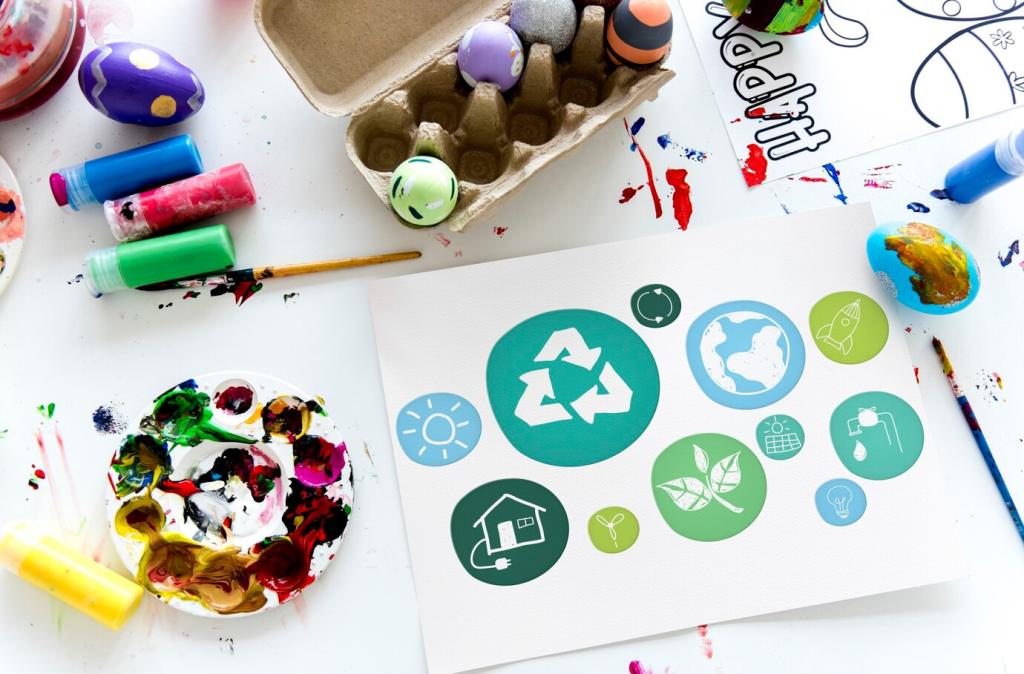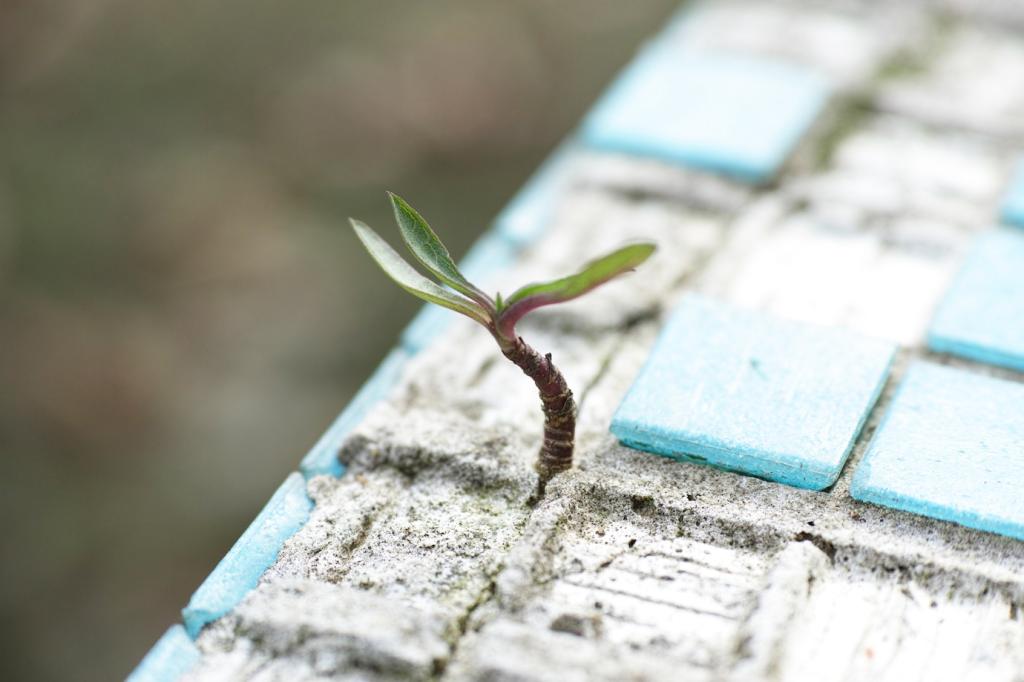Beyond the Basics: Hard-to-Recycle and Events
Research local options for e-waste, textiles, batteries, and paint. Keep a small bin in the closet for these items. A quarterly drop-off habit prevents clutter and ensures materials are responsibly handled beyond your regular zero-waste living space systems.
Beyond the Basics: Hard-to-Recycle and Events
Use real dishes, invite guests to bring jars for leftovers, and plan a simple menu to prevent excess. Provide visible sorting stations with cheerful signs. Friends remember the warmth, not the disposables, and often adopt your zero-waste hosting ideas.







